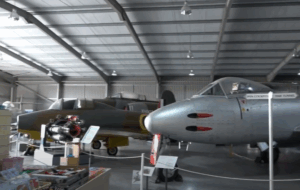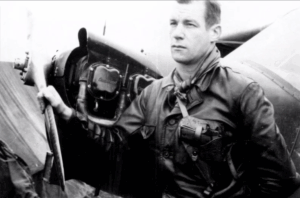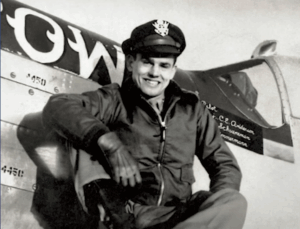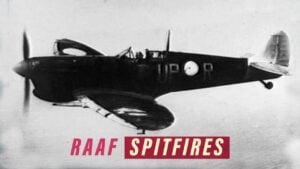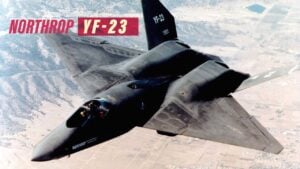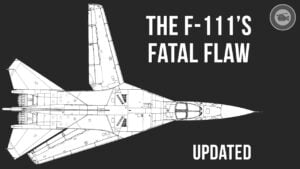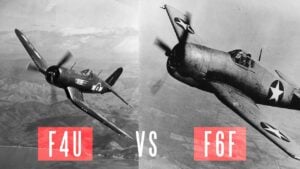The Top 5 Aircraft That Had the Most Kills During WWII

Intrepid Museum / YouTube
In the theater of World War II, aviation took a leading role in the shaping of military strategies and outcomes. With skies fraught with danger, certain aircraft rose to prominence through their effectiveness in combat. We delve into the history books to highlight five of the most lethal aircraft of the era, each with their own stories of air superiority and technical prowess.
F6F Hellcat – 5,200 Estimated Kills

Developed as a direct response to earlier air combat challenges, the F6F Hellcat became a cornerstone of the United States Navy’s aerial might. With around 5,200 enemy aircraft downed, this fighter plane quickly proved its worth. Pilots praised the Hellcat for its robust construction and powerful Pratt & Whitney engine. It distinguished itself particularly in the Pacific Theater where it was instrumental in gaining aerial dominance against Japanese forces. The Hellcat’s design allowed for ease of carrier operations, adding to its formidable reputation.
FW-190 – 5,000-7,000 Estimated Kills

The FW-190, a German fighter with a wide kill range estimate, was known for its versatility and power. Introduced into warfare in 1941, it quickly showed its worth as a multipurpose aircraft, capable of both dogfighting and ground attacks. The FW-190 was admired by pilots for its speed, maneuverability, and advanced weaponry. Throughout the war, it went through various upgrades, which allowed it to maintain its edge against the evolving Allied aircraft models.
P-51 Mustang – 5,900 Estimated Kills

The P-51 Mustang, an American fighter, played a transformative role in the air battles over Europe. With approximately 5,900 air-to-air combat victories, the Mustang was not only a symbol of aerial supremacy but also an essential escort for bombing raids deeply into enemy territory. Its long-range capability ensured that Allied bombers had protective companions throughout their missions, a fact which undeniably aided in the success of the air war against German forces. The Rolls-Royce Merlin engine, fitted in later models of the P-51, gave it the speed and high-altitude performance that was essential for domination in the skies.
Supermarine Spitfire – 6,300 Estimated Kills

The Supermarine Spitfire, a British icon, was a key player in defending the United Kingdom during its darkest hours. With an estimated 6,300 aerial victories, the Spitfire’s sleek design and unmatched agility made it a formidably effective defender against enemy bombers. Throughout the war, the Spitfire saw continuous improvements which allowed it to match and surpass German technological advancements. Its role in the Battle of Britain remains a shining example of its prowess and the spirit of the pilots who flew it.
BF-109 – 15,000-20,000 Estimated Kills

Finally, with an astonishing range of estimated kills, the German BF-109 stands out as the most prolific aerial hunter of World War II. Serving from the start to the very end of the conflict, the BF-109 was the backbone of the German fighter force. It was a machine that combined a relatively light airframe with powerful engines, resulting in impressive speed and climbing abilities. The aircraft’s design was refined over the course of the war, ensuring it remained competitive. The BF-109 was flown by many of the war’s most skilled pilots, adding to its lethal record of air combat successes.














